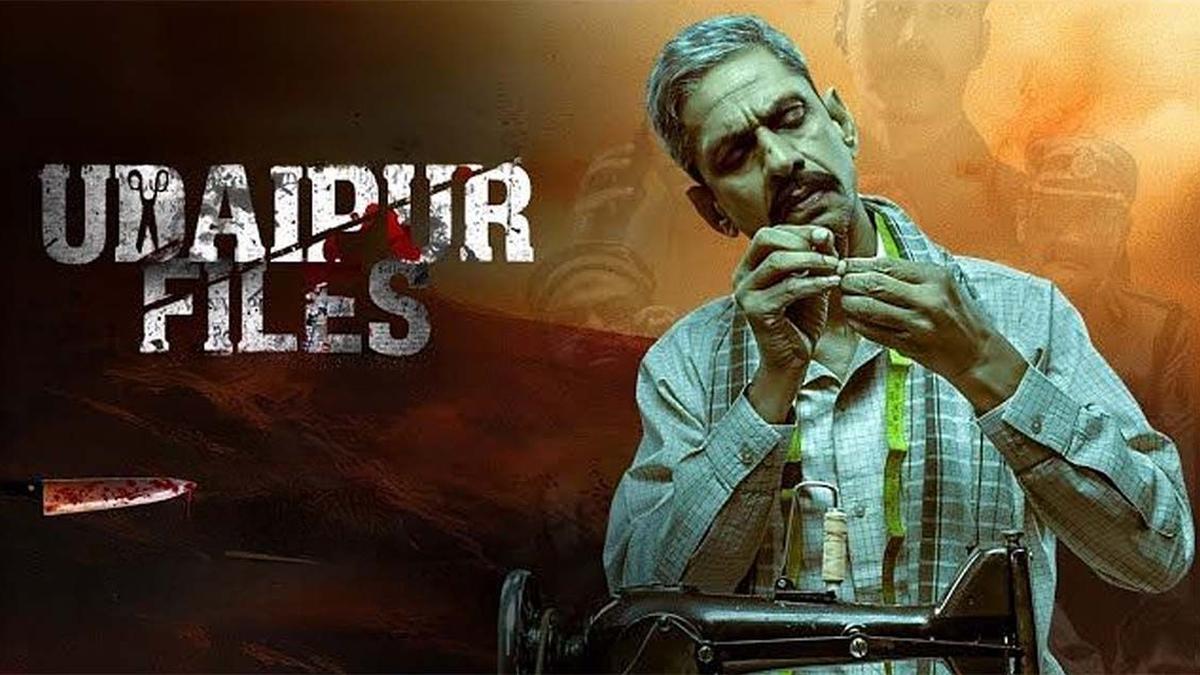Now Reading: Bharat Bandh: 53% of Indian Workers Lack Social Security, Highlights Congress MP
-
01
Bharat Bandh: 53% of Indian Workers Lack Social Security, Highlights Congress MP
Bharat Bandh: 53% of Indian Workers Lack Social Security, Highlights Congress MP
rapid Summary
- Randeep Singh Surjewala, AICC General Secretary in charge of Karnataka and MP, spoke in support of the Bharat Bandh on July 9, organized by trade unions to oppose “anti-worker, anti-farmer, and pro-corporate policies of the government.”
- Surjewala cited data claiming:
– 80% of India’s workforce is in the unorganized sector.
– 60% lack written contracts.
– Social security is absent for around 53% of workers (no insurance or pension).
- He noted a disparity between wage growth (0.8%) and inflation (6%), claiming wages have not kept pace with inflation rates.
- According to him:
– Unemployment among graduates/post-graduates exceeds 10%.
– India’s unemployment rate is at a “45-year high.”
- Criticized governmental MGNREGA performance: alleged stagnation in budget allocation at ₹86,000 crore and reduced statutory guarantee from UPA-era’s annual provision of “100 days work” to only “44 days under Modi government.”
- Additional remarks claimed SC/ST/OBC groups are facing systemic issues under current governance.
Image: The article image features Randeep Singh Surjewala addressing the media.Read More
Indian Opinion Analysis
The Bharat Bandh reflects an ongoing effort by trade unions to bring attention to structural challenges faced by India’s workforce, especially in the unorganized sector. While Randeep Singh Surjewala has highlighted concerning statistics regarding unemployment levels and inadequate social security coverage for workers-issues which could pose serious socioeconomic risks if left unresolved-the effectiveness of this protest as a means for government policy change remains uncertain.
His comments on stagnating employment guarantees under MGNREGA point toward potential long-term impacts on rural livelihoods. If accurate, claims such as wage growth lagging behind inflation reflect economic stress that may disproportionately affect lower-income groups. Broadly speaking, labor unrest like this signals growing dissatisfaction among large sections of society against perceived inequalities or neglect within governance frameworks.Neutral reflection is essential when assessing these data points; further scrutiny into claims made during politically charged events would ensure informed discourse without premature conclusions. The nationwide scale underscores widespread concern-but it remains to be seen whether public mobilizations will lead directly to actionable reforms by policymakers or meaningful improvement for affected populations over time.
























